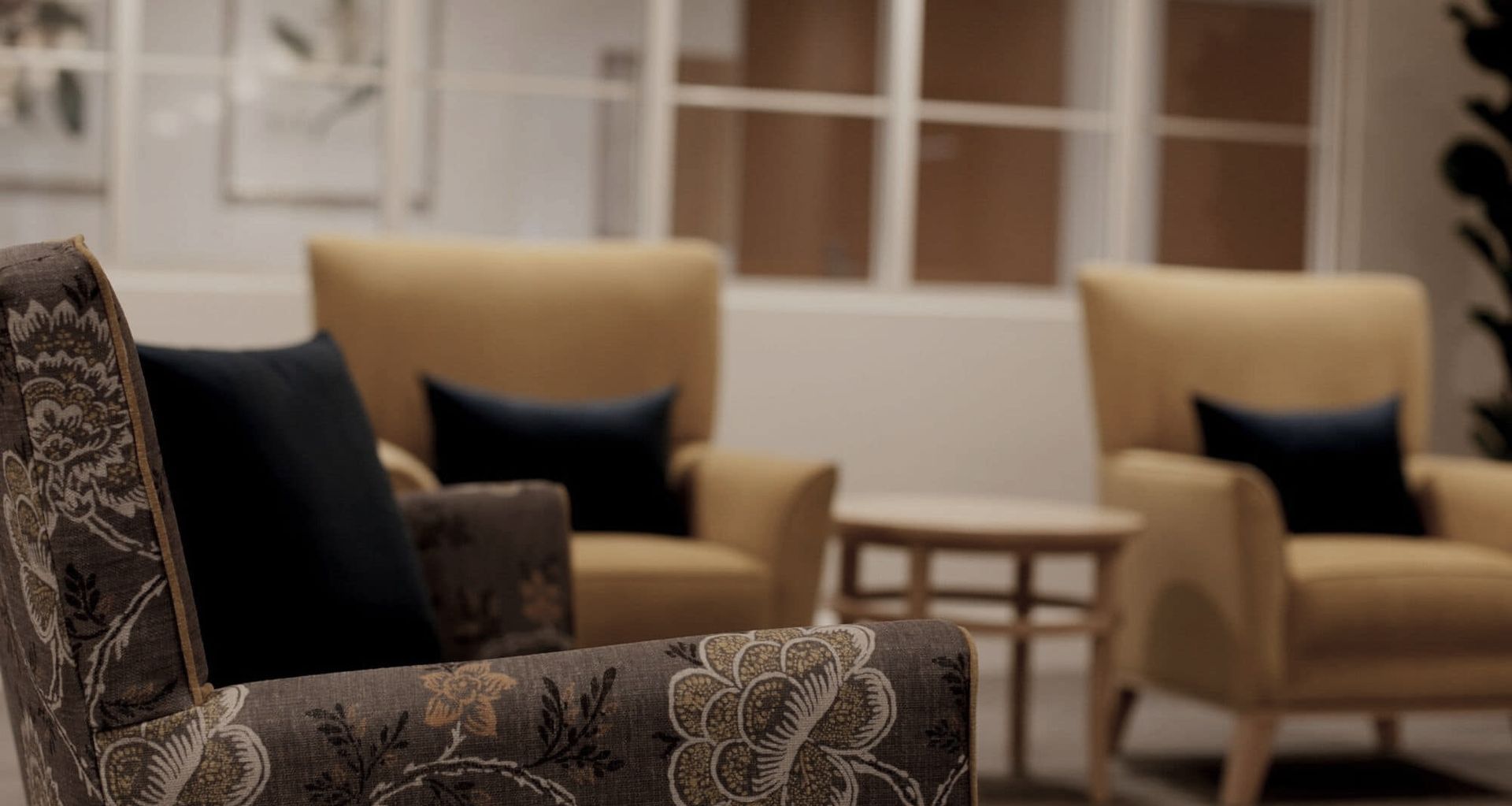What Is Evidence-based Design and Why It Matters?

At Gilmore Interior Design, Evidence-Based Design is the core of our offering. But what exactly is evidence-based design?
In this blog post, we’ll explain what Evidence-Based Design is, and why it plays such an important part in designing for modern Aged Care facilities.
What Is Evidence-Based Design?
Evidence-Based Design, or EBD, is the process of using scientific research and knowledge to inform design decisions during a project.
Especially important in Health Care and Aged Care Design, EBD is the difference between a space that just looks great, and a space that looks great, but also prevents and mitigates known issues.
The main premise behind evidence-based design is that there is a science behind every design decision. For instance, we know that people suffering with Dementia experience anxiety and confusion. With this knowledge, the Interior Designer will aim to create an interior scheme that isn’t too busy or complicated, as that could cause some agitation amongst residents. This example is well illustrated by wide corridors with clear navigation markers, common in Aged Care facilities.
Another example that is relevant to Aged Care Design, is evidence that Dementia sufferers can often see vibrant patterns on fabrics as being quite distorted, while sharp edges of furniture can appear blurred. This evidence would therefore lead us to choose plain fabrics, and also to consider contrasting the fabric colour to the furniture frame and the floor, so that chairs and tables can be clearly seen.
Why Evidence-Based Design Is So Important In Aged Care Homes
There are a number of reasons why evidence-based design is so important in today’s care homes.
One of the main reasons is that it improves the residents’ safety. As mentioned above, using evidence to decide on the colour schemes and furniture choices can prevent the risk of accidents in Dementia suffers’ rooms.
As well as making spaces safer, EBD also makes them significantly more comfortable and supportive for residents. By knowing which design elements trigger anxiety and stress, and avoiding them, designers can create spaces that enhance the overall comfort and experience of residents.
Elderly residents often find that they can retain their independence for longer in care homes that are designed with an evidence-based focus. It makes it easier for them to get around and use appliances, fixtures, and furniture independently, despite their impaired mobility and sight.
It’s not only residents that enjoy the benefits of evidence-based design. Better planned spaces contribute to a reduction in behavioural problems, which, in turn, makes the carer’s and staff’s job run smoothly.
Attesting the power of evidence-based design is the positive feedback received on our work at Dudley Foord House in NSW. Management reported a significant reduction in disturbed behaviour since an existing group of residents were moved to the new facility, which was designed with an EBD focus. We attribute this success to the application of an evidence-based Interior Design Scheme that enables residents to move freely and safely throughout the facility.
Key Design triggers utilised:
- Feature doors, with personalised mouldings and colours on resident rooms
- Individual memory support displays at resident bedroom entries
EBD is also more likely to comply with all the current regulations that are in place for Aged Care facilities.
A care home that is designed with an EBD focus creates safety, harmony and comfort for residents and their families, whilst increasing management and care efficiencies.